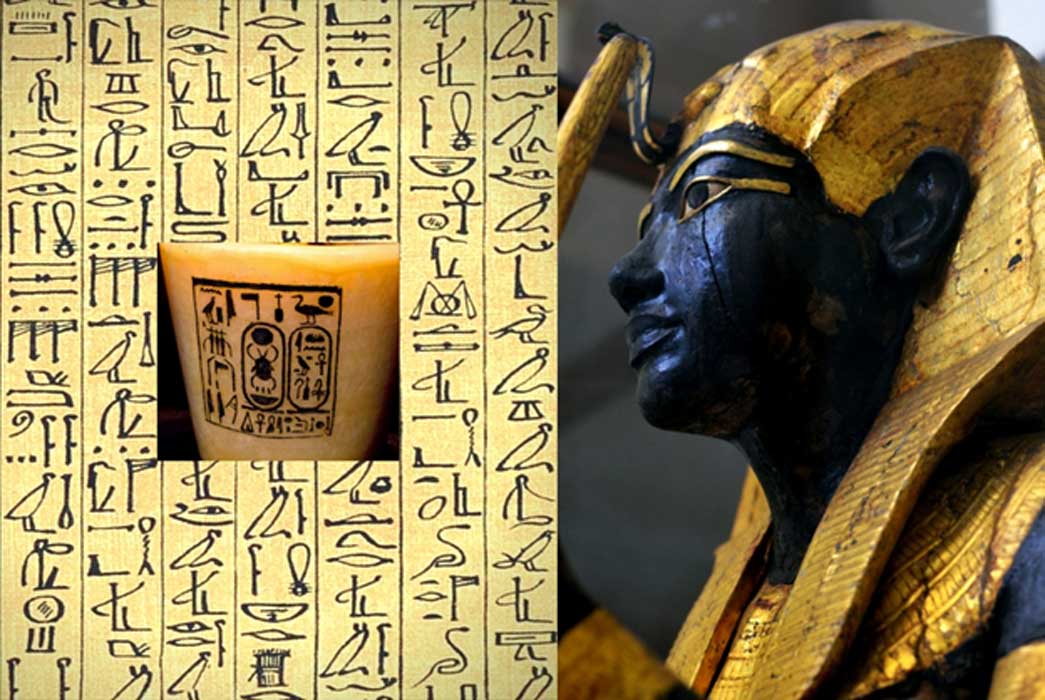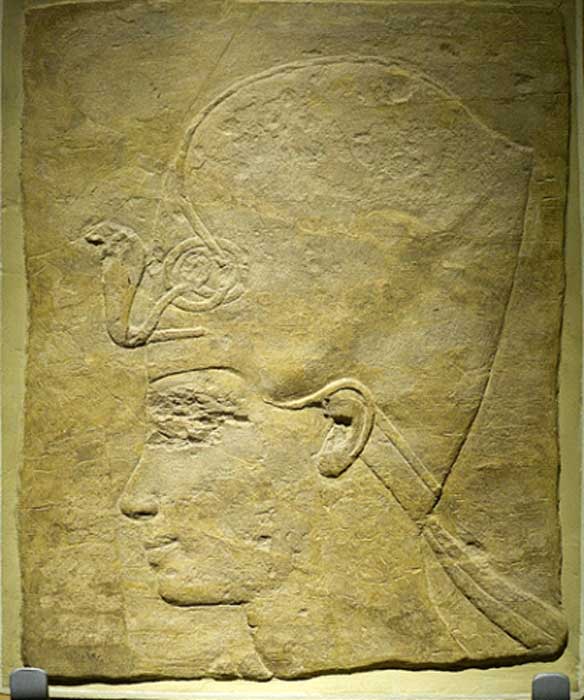
A Curious Case of Linen for Papyri—Lifting the Veil off the Lack of Written Materials in Tut's Tomb
The tomb of the last ruler of the Amarna bloodline, the boy-pharaoh Tutankhamun, yielded a wealth of anomalies: beginning with the tiny size of his burial place, the appropriation of funerary goods – a majority from a mysterious female predecessor, Neferneferuaten – the apparent haste with which his sepulcher was completed and filled with objects, and of course, the charred remains that hint at an unconventional or botched mummification. But an aspect that often fails to receive the attention it deserves is the lack of written material in KV62.

A sandstone portrait of King Tutankhamun wearing the khepresh or Blue (War) Crown. Rijksmuseum van Oudheden, Leiden. (CC BY-SA 2.0)
The ancient Egyptians packed their tombs with everything the dead would need in the Afterlife. Along with food, clothing and furniture, funerary texts – such as a copy of the Book of the Dead – that served as a guide to combat challenges during the perilous journey through the Underworld, were mandatorily included with the deceased; at least, by citizens who could afford it. In this regard, even the sumptuously stocked non-royal tomb of the highly-respected Eighteenth Dynasty ‘Overseer of Works’ Kha who was buried with his wife Merit in Deir el-Medina, revealed a stunning array of grave goods and offered one of the earliest examples of the Egyptian Book of the Dead ever to be discovered.





